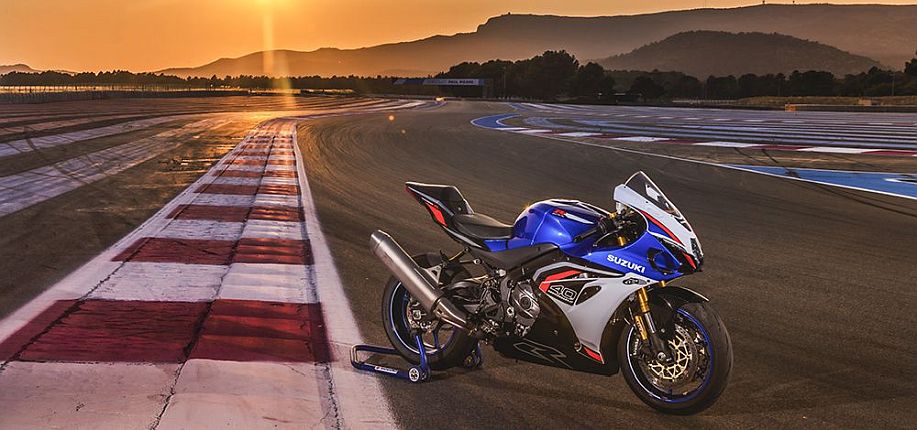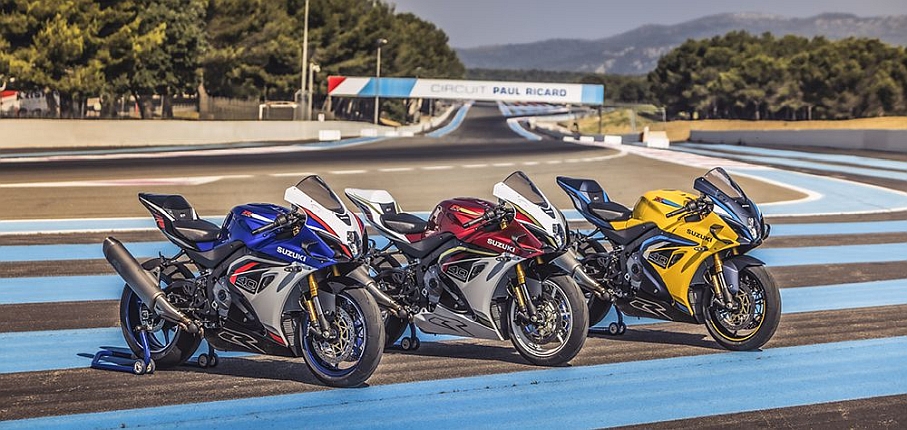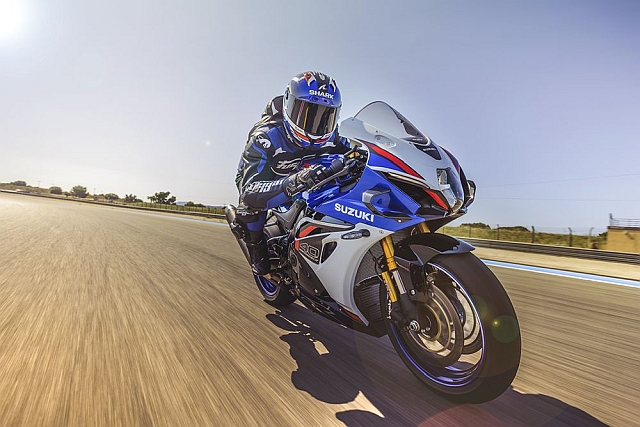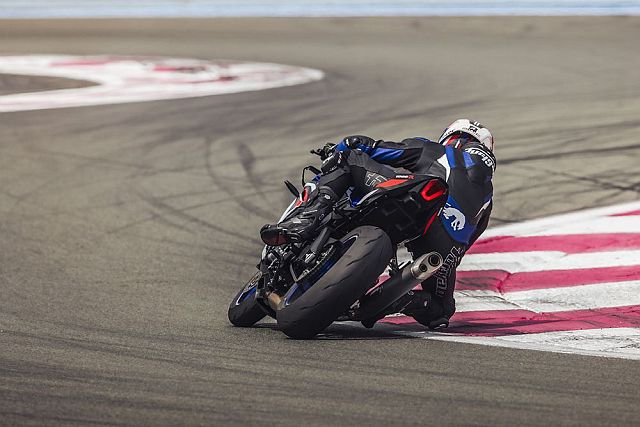The 40th anniversary Suzuki GSX-R1000 and GSX-R1000R motorcycles have been revealed with significant updates to the engine and electronics.

Story: Salman Bargir
The GSX-R series that started with the launch of the GSX-R 750 in 1985, has successfully completed 40 years in production. To commemorate the occasion, the company has announced special 40th anniversary Suzuki GSX-R1000 and GSX-R1000R models, with significant upgrades to the engine and electronics.
Over the years, the GSX-R line-up has included Suzuki’s GSX-R1100, GSX-R1000, GSX-R750, GSX-R600, and even the GSX-R150 and the GSX-R125 motorcycles. Since its launch in 2001, the Suzuki GSX-R1000 has been Suzuki’s foremost motorcycle of the series. In 2024, the “Team Suzuki CN Challenge” competed using the Suzuki GSX-R1000 in the Suzuka eight-hour endurance road race’s newly established “Experimental Class” which featured sustainable fuels and innovations.
The 40th anniversary Suzuki GSX-R1000 and GSX-R1000R have been introduced in three colour schemes, Pearl Vigor Blue/Pearl Tech White, Candy Daring Red/Pearl Tech White and Pearl Ignite Yellow/Metallic Mat Stellar Blue with color-coded alloy wheels and gold coloured USD fork. The motorcycles wear 40th anniversary graphics and emblems on their side, on the fuel tank, and the key mascot. The GSX-R logo is also prominently featured on the seat and the slimmer new shot-blasted titanium muffler.

To adhere to stricter regulations, the shape of the exhaust system and its internal arrangement has been revised. The engine’s internal components such as injectors, cylinder heads, camshafts, valves, pistons, and the crankshaft, too, have been comprehensively redesigned for the same. The maximum valve lift remains unchanged, but the lift curve has been modified to reduce camshaft overlap. Also, the width of the cam chain has been increased to withstand the harsher conditions typical of endurance racing. It also features a lightweight lithium-ion battery which has a wide thermal property range to effectively counter the battery performance decline incurred due to temperature changes.

The Suzuki GSX-R1000 and its track focused avatar the GSX-R1000R continue to use the lightweight, compact and highly rigid twin-spar aluminum frame, with the latter featuring a track-oriented suspension setup. They can be opted with the same type of carbon-fibre winglets that were used on the GSX-R1000 in the 2024 Suzuka eight-hour endurance road race.
The Suzuki Intelligent Ride System (SIRS) has been bolstered with anti-lift control to suppress front wheel lift. To optimise acceleration out of corners, it gets roll torque control which uses a six-axis inertial measurement unit (IMU) and wheel-speed sensors. They detect vehicle posture and speed to control rear-wheel power and torque based on the bike’s lean angle and wheel rotation speed. Traction control, anti-lift control, and roll torque work in sync as the “Smart TLR System”.

The 40th anniversary Suzuki GSX-R1000 and GSX-R1000R are equipped with a Euro5+ compliant in-line four-cylinder liquid-cooled DOHC 999.8-cc engine. It pumps out the same 195 hp and 110 Nm but now with a higher compression ratio and is mated to a six-speed transmission with a bi-directional quick speed shifter. To be launched worldwide in 2026, Suzuki Motorcycle India has made no announcement about their arrival to our shores.
Also Read: Suzuki GSX-8R Review – All-rounder GSX


Leave a Reply